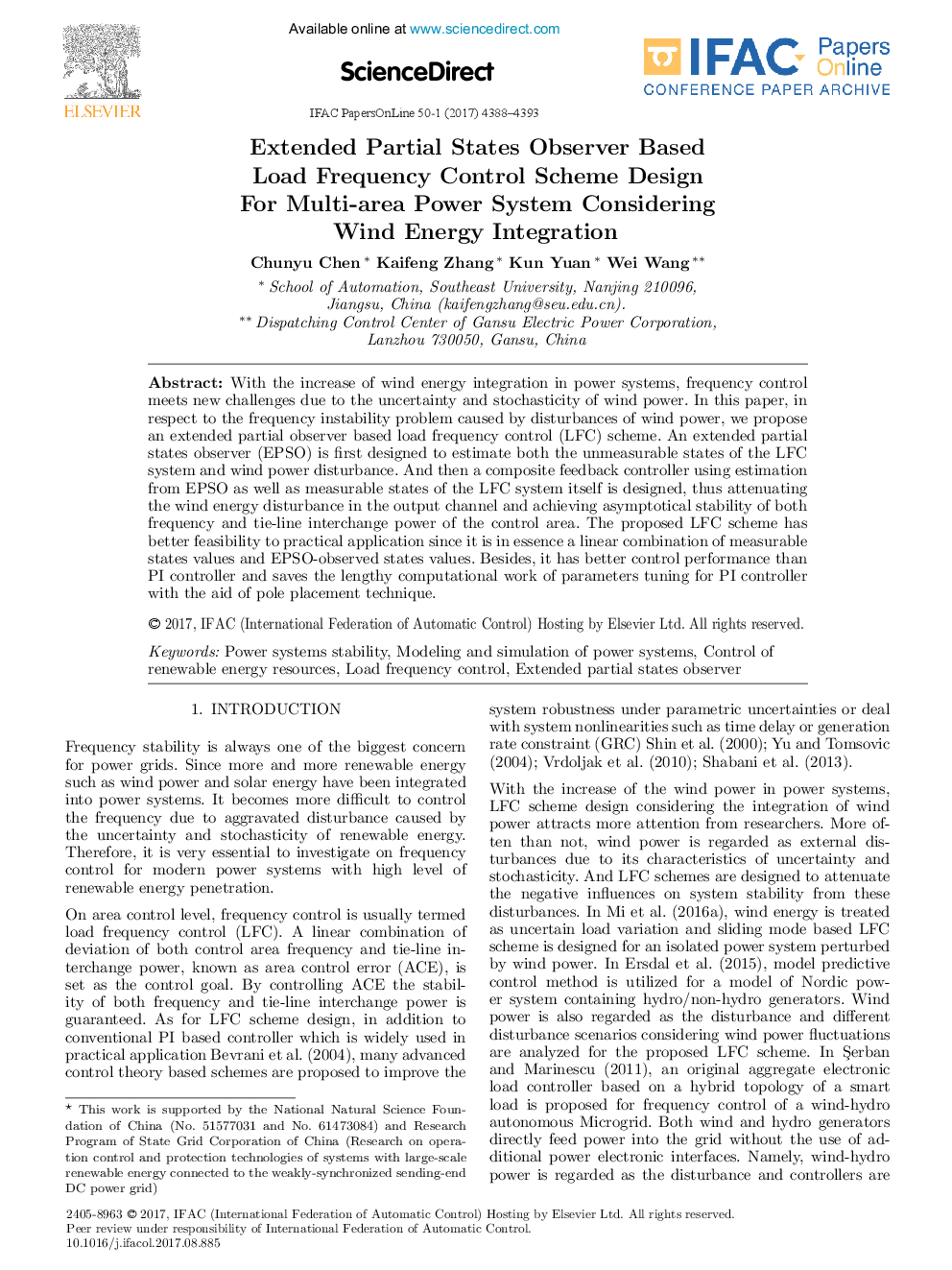ترجمه فارسی عنوان مقاله
طراحی مجدد فرکانس کنترل مبتنی بر مشاهدات ناشی از توسعه سیستم قدرت چند منطقه با توجه به ادغام انرژی باد
عنوان انگلیسی
Extended Partial States Observer Based Load Frequency Control Scheme Design For Multi-area Power System Considering Wind Energy Integration
| کد مقاله | سال انتشار | تعداد صفحات مقاله انگلیسی |
|---|---|---|
| 146256 | 2017 | 6 صفحه PDF |
منبع

Publisher : Elsevier - Science Direct (الزویر - ساینس دایرکت)
Journal : IFAC-PapersOnLine, Volume 50, Issue 1, July 2017, Pages 4388-4393
ترجمه کلمات کلیدی
ثبات سیستم های قدرت مدل سازی، شبیه سازی سیستم های قدرت کنترل منابع انرژی تجدیدپذیر، کنترل فرکانس بار، ناظر جزئی جزئی جزئی،
کلمات کلیدی انگلیسی
Power systems stability; Modeling; simulation of power systems; Control of renewable energy resources; Load frequency control; Extended partial states observer;

